When Is The Orionid Meteor Shower 2025?
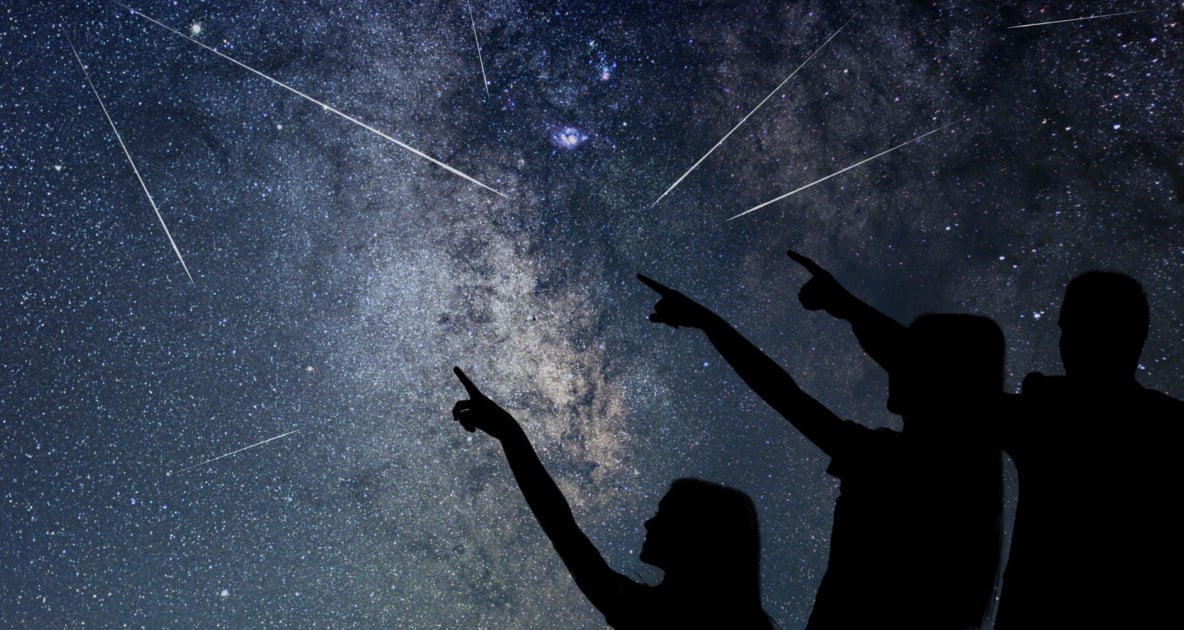
Love shooting stars? Then you’ll love the Orionid Meteor Shower 2025. We explain everything you need to know! Have questions? Let us know in the comments below!
What Are the Orionids?
The Orionid Meteor Shower, the second meteor shower of October, peaks during the early morning hours of October 21-22 each year. Why are they called the Orionids? Because the meteors seem to emerge or radiate from the constellation Orion, near the Orion-Gemini border in Orion’s upraised club.
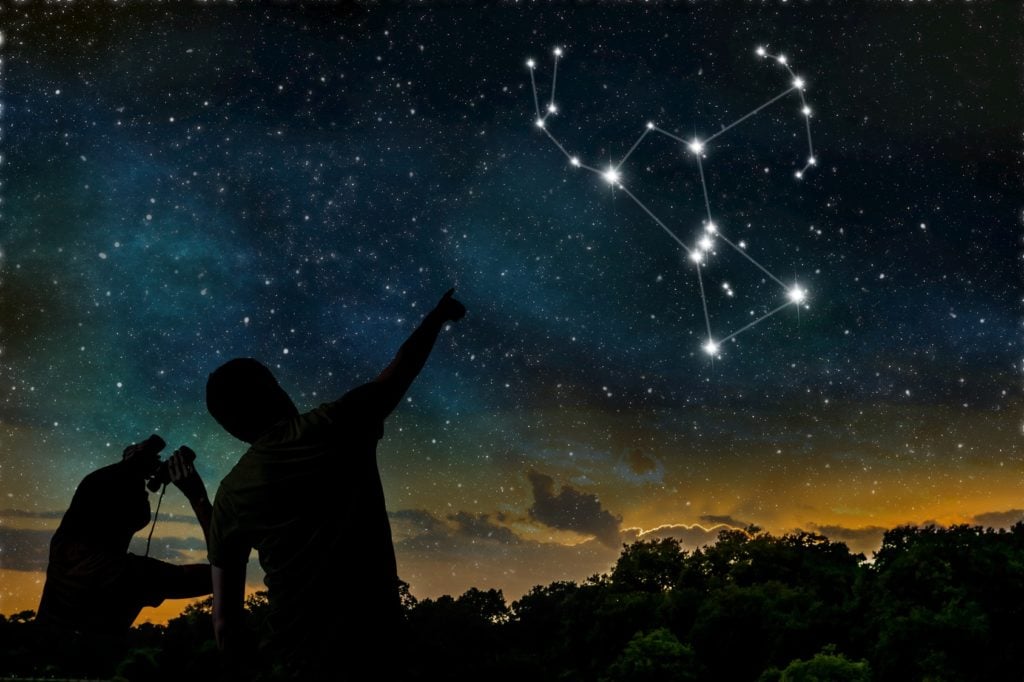
This annual meteor shower is caused by debris from the famous Halley’s Comet. (The comet last visited Earth in 1986 and will return next in 2061). Each time that famous comet passed around the Sun, it would leave in its wake a trail of cosmic dust and grit along its orbit. Our Earth passes closest to Halley’s orbit every mid-to-late October, and in the process, encounters this comet debris. The particles ram into our atmosphere at speeds in excess of 40 miles per second, and thanks to friction, they are raised to white heat in the span of a heartbeat, creating the effect of a “shooting star” in our sky.
Orionid Meteor Shower 2025 Viewing Details
The Orionid Meteor Shower will be visible from mid-October until the end of the month, with the highest period of activity late at night on October 21-22, 2025. Between 10pm-midnight you may catch some stray meteors shooting in the eastern sky as the constellation Orion rises higher in the sky. But to see the maximum meteors, face south toward Orion between 1am and 5am. Generally, observers can expect to see anywhere from 10 to more than 30 Orionid meteors per hour. The Moon will largely be out of the way so the Orionids could be one of the strongest meteor showers of 2025.
An observer who plots these meteors on a star chart will notice that they seem to radiate or spray outward from northeastern Orion, between Betelgeuse and Gamma (γ) Geminorum, also known as Alhena. This region of the sky will be about two-thirds up from the southern horizon when morning twilight begins.
Do All Comets Produce Meteor Showers?
All comets shed dust in their wake. Some comets are dustier than others. However, for a comet to produce a meteor shower, its orbit must cross/intersect our orbit in order for us to encounter/interact with that dusty debris to produce meteors. In 2020, Comet SWAN did not cross Earth’s orbit, so it did not produce meteors.
We intersect the orbit of Halley’s Comet twice. Once in early May (creating the Eta Aquarids) and again in late October (creating the Orionids).
A fresh/new trail of dust that has been recently shed by a comet might produce a meteor shower lasting only a few hours. On the other hand, a comet that has circled the Sun numerous times and has shed many different dust trails may produce a meteor shower that can last several days, or even weeks.
Encke’s Comet, which takes only 3.3 years to circle the Sun, has probably been shedding debris for many hundreds or thousands of years and its associated shower (the Taurids) takes Earth many weeks to go through.
Join The Discussion
Have you ever seen a shooting star in the Orionid Meteor Shower?
Share you experience (and photos!) with your community here in the comments below.
Related
Meteor Shower Calendar — Plan ahead!




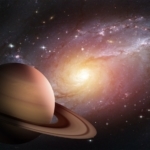

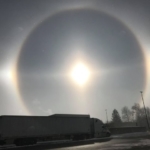
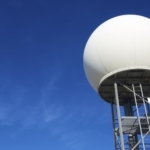
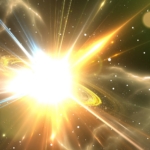


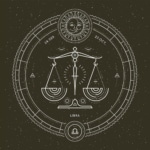
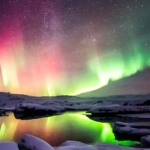
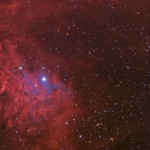
SE Michigan. Excellent viewing conditions tonight. Can’t wait.
LOL so many people asking what time can they see this. Does anybody read?
Cloudy in Pa, rain forcasted. Sigh
Tablets I use Samsung take great pics
LOOK UP IN THE SKIES, IN THE (ORION ) LOOK FOR STARS IN A ROW, THE ODD STAR ORANGE IN THE RIGEL THE HUNTER/ THE HUNTERI THE (ORION.) YOU WILL SEE – METEOR SHOWERS- BRIGHT STARS INTER- EARTH -LINING ON FIRE..
Disappointed did not see anything last night and I watch for hours from midnight till about 5am. Will it be better tinkghtf
Do people not read???????
“The best time to observe any meteor shower is during the early morning hours, between midnight and 5:00 a.m., regardless of your time zone”
So happy ?just saw this post. Will we see this in Tujunga, CA
Henry Molina…I live in Tempe AZ… With the cloud cover and possible rain, I don’t think you are going to see anything …so, so sorry.
I live in Arizona whats a good area in the sky for them.